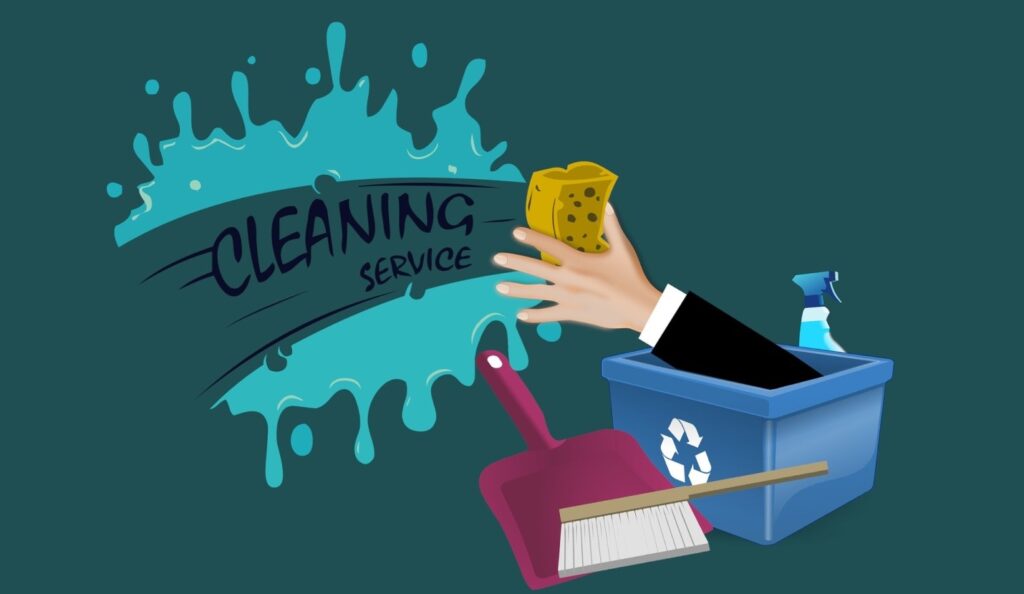When you want something cleaned – whether it’s your company’s industrial parts and components or something delicate or fragile and can benefit from the utmost care – there are now different types of cleaning methods available – and one of those is vapour blasting. You may have heard of this cleaning method before, and the process doesn’t sound too complicated. But at the same time, you may be asking yourself if it’s the cleaning method you need and if it will work for your different parts and components. So if you’re wondering whether to take advantage of vapour blasting or not, here is an explanation of what vapour blasting is – how it works, its benefits, and more.
What is it?
Vapour blasting is also known as wet blasting, and it is the use of a mixture of compressed air and an abrasive media to get your wanted finish on a particular surface. The main difference between vapour blasting and dry blasting is the use of water to increase and enhance the surface finish. It is said to be more advantageous than dry blasting for several reasons, as stated below.
The advantages
- The suppression of dust
Unlike other methods of cleaning that create a lot of dust (like dry blasting, for instance), vapour blasting is known for using water (or other liquids) to serve as a moistening agent for the abrasive. The water and the abrasive are mixed within a pressurised pot, and the resulting mixture is injected into the airflow. The particles are ground and encapsulated by the water, which significantly reduces dust production – often by as much as 95 per cent!
- No containment is needed
We all know that dry blasting needs to be done in a contained area so there will be no debris and emissions leaving the area or worksite. But with vapour blasting, as confirmed by an industrial parts cleaning service like Sonic Solutions, there is no need for containment – and if ever containment is necessary, it is minimal compared to dry blasting. In addition, since the debris and emissions are weighed down and encased with water, they can be contained effectively without any preventative measure.
- It’s a safer process
Without a doubt, wet blasting or vapour blasting is a process known for safety – and this is one of the reasons why it’s a much-preferred cleaning method compared to dry blasting. Since the process will not produce dust, the operator can easily see what they are doing, thus reducing the likelihood of accidents. In addition, all the operator needs in terms of PPE (personal protective equipment) is eye protection, a respirator, and protection from noise. On the other hand, the operator needs much more in standard dry blasting – including a blast suit and helmet, gloves, and the like.
- The lower consumption of water
Another advantage of vapour blasting is that it consumes as much as 80 per cent less water than other cleaning methods. Instead of having to deal with massive and messy mud puddles that you would have to clean up and even treat and do away with, there is minimal clean-up involved – you are left with a controlled amount of debris that’s easy to clean up and treat.
Image attributed to Pixabay.com
